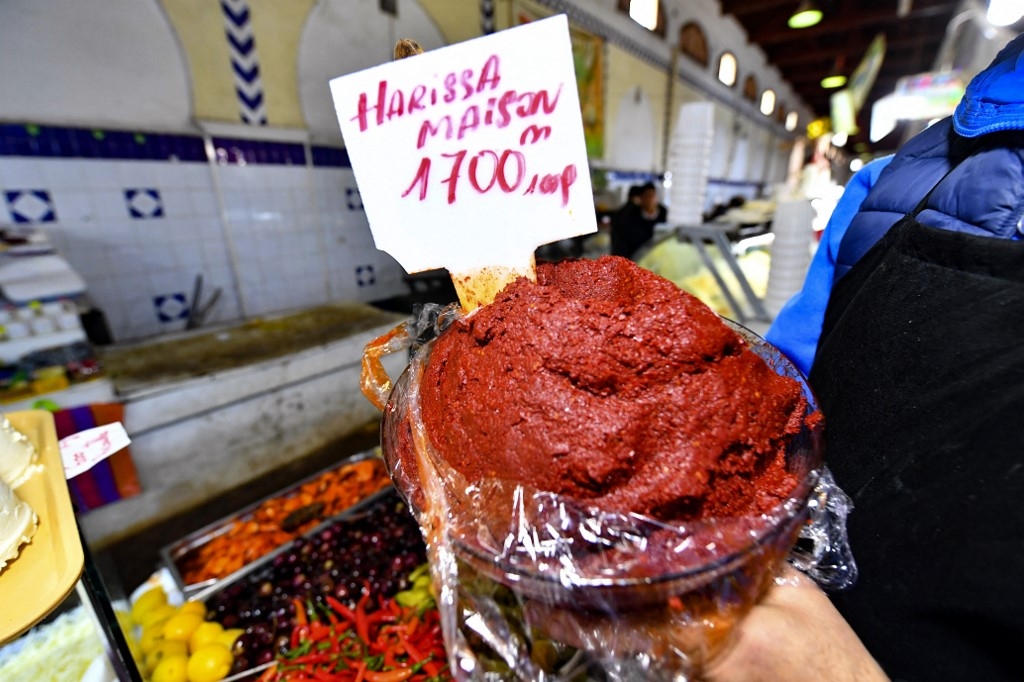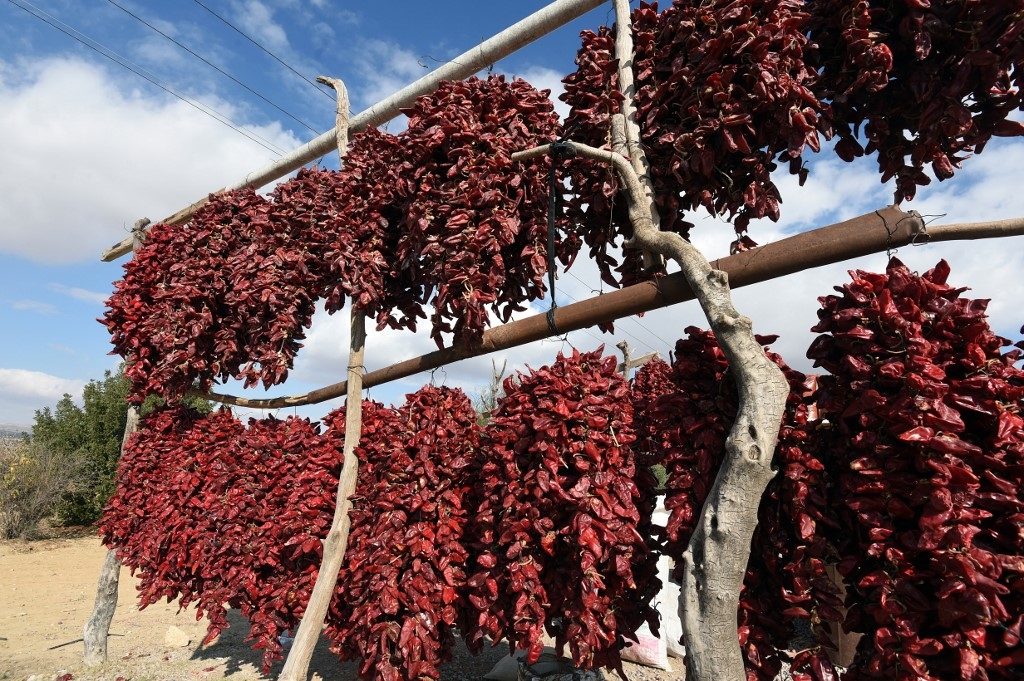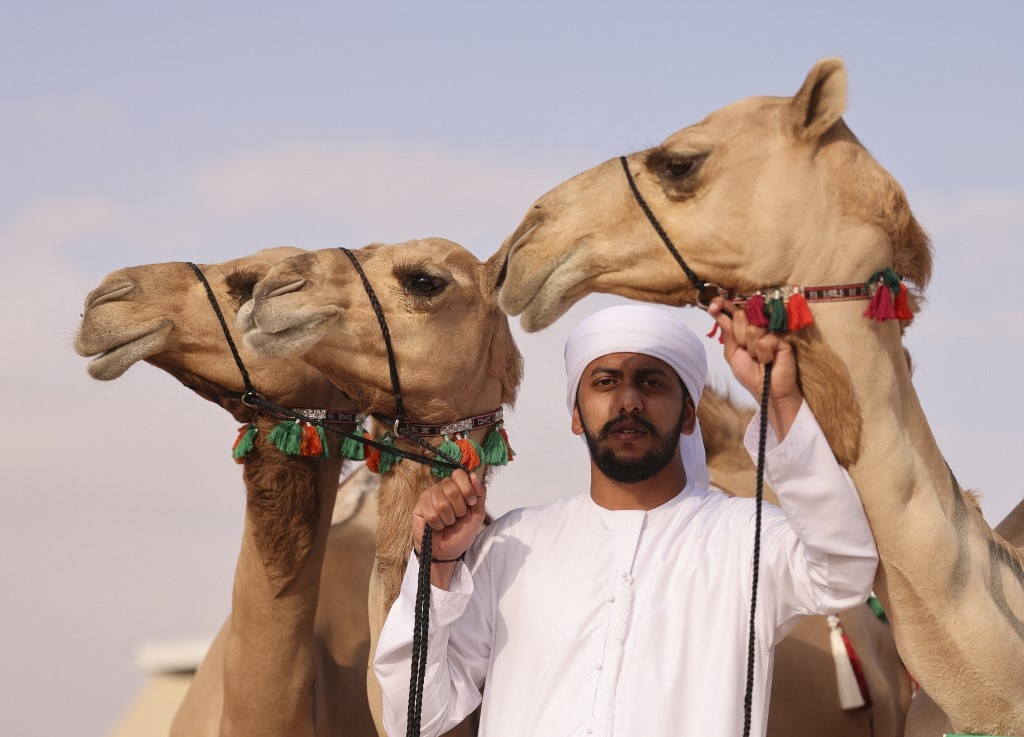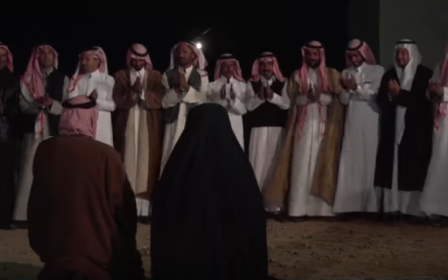
In pictures: From harissa to Rai music, the new additions to Unesco’s Intangible Heritage list

The United Nations cultural agency Unesco has made new additions to its intangible cultural heritage list, with many coming from the Middle East and North Africa (MENA) region.
Aimed at preserving different elements of humanity's cultural heritage, new additions include harissa, from Tunisia. The much-loved seasoning is made with chili paste and is used as a spice in stews and by itself as a dip. Typically prepared by women, the process of making harissa is a family effort. It starts with drying chillis in the sun, then de-seeding them. In the photo above, red peppers are left out to dry in the Tunisian town of Kairouan. (AFP)
Popular amongst Algerians, Rai is a style of folk music focused on themes of love, social justice, and freedom. The genre often addresses social taboos and is popular both within Algeria and amongst the North African diaspora.
The genre originated in rural areas and developed from forms of spoken poetry that were performed at weddings and during special occasions. One of the most popular Rai artists today is Khaled Ibrahim, more widely known as Cheb Khaled, who is behind some internationally famous songs, such as C’est La Vie, Aicha, and Hiya Hiya.
Cheb Khaled (right) is photographed above with an Egyptian singer during a concert in Cairo, Egypt. (Reuters)

Inspired by poetry, the Alheda’a tradition of calling out to camel flocks was traditionally used in Saudi Arabia, Oman, and the United Arab Emirates (UAE) as a way to direct camels in the desert.
The oral expression has a rhythmic sound to it and is often accompanied by the playing of instruments. The camels are trained to recognise the different sounds and rhythms and can follow instructions to head in different directions, as well as to stop and kneel.
Known as the "ships of the desert", camels have long featured in traditional Bedouin culture, and are used for their milk and meat, as well as transport. (AFP)
Usually, mansaf is the centrepiece of any family gathering in Jordan, a dish made for celebration, togetherness, and social cohesion.
The dish is composed of a layer of thin bread covered with aromatic rice and topped with large chunks of meat that are coated with spices and a yogurt sauce. Just as important as the taste is the tradition of preparation. In what often becomes a social event, families cook mansaf together while telling stories and singing.
The dish is also sometimes made at funerals, and given to those who are grieving. Key ingredients include clarified butter and jameed, which is fermented milk. Spices include cloves, cinnamon, and bay leaves amongst others. (Reuters)
From Oman, the khanjar is a jewelled and engraved dagger worn around the belt by men during special occasions.
Unesco recognises not only the dagger itself but also the knowledge and skill used in its manufacture. Also worn by Yemeni men, the daggers can be ornate, with the most extravagant lined with crystals and precious stones, while others may have religious verses engraved on them.
Omanis have been wearing the khanjar for centuries, and the symbol even features on the country's flag. (Reuters)
The oud is a highly regarded instrument across the Middle East, with both its production and the ability to play it prized in the region. Stringed like a lute or modern guitar, the instrument is particularly popular in Syria and Iran.
To make the instrument, the wood is left out to dry and harden and the manufacture is done by hand. The oud produces the signature background sound to traditional Middle Eastern songs and has been a popular instrument for hundreds of years.
In the photo above, a man makes an oud instrument in a workshop on the outskirts of Cairo, Egypt. (Reuters)
Tea is traditionally served at family and social gatherings in Turkey and Azerbaijan, as it is in many other regions.
The beverage is also the drink of choice at special occasions, such as marriages and other celebrations. Turkish tea is usually served in tulip-shaped cups, which have a narrow top and wide base to mitigate the risk of burns. (Reuters)
This article is available in French on Middle East Eye French edition.
Middle East Eye delivers independent and unrivalled coverage and analysis of the Middle East, North Africa and beyond. To learn more about republishing this content and the associated fees, please fill out this form. More about MEE can be found here.




